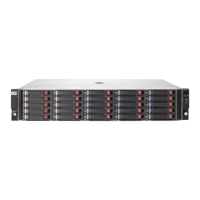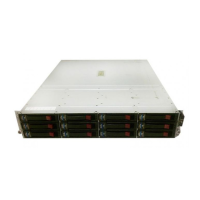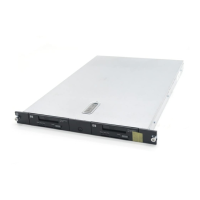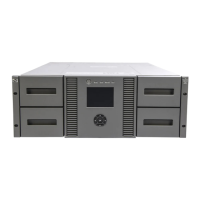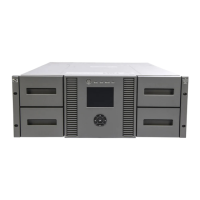AG mode considerations
AG mode considerations follow:
• Ability to connect B-, C-, and M-series fabrics without interoperability constraints (see the release
notes for support information)
• Flexible licensing option (12 or 24 ports, with a 12-port upgrade option on the 12-port model)
• Ability to use in either switch mode or AG mode (cannot function in both modes simultaneously,
software selectable)
• Share Fabric OS with B-series switches
• Port failover between N_Ports (uplinks)
• Reduces the number of cables and SFPs compared to a Pass-thru solution
• No SAN management from the BladeSystem enclosure once the initial connections have been
configured
• No direct storage attachment (requires at least one external Fibre Channel switch)
• Lacks Fibre Channel embedded switch features (ISL Trunking, dynamic path selection, and extended
distances) with external links from AG to core switches
• Managed separately from the BladeSystem, but if used with B-series switches, uses common Fabric
OS
• Cannot move servers without impacting the SAN (Virtual Connect feature not available)
AG mode connectivity guidelines
AG-based solutions are best suited for B-series-only fabrics where you want multivendor switch
interoperability through N_Ports instead of E_Ports. Figure 50 shows an AG with dual redundant
fabrics.
N_Ports (NPIV) (uplinks)
Blade
enclosure
with
16 servers
Server Bay 1
Server Bay 2
Server Bay 3
Server Bay 4
Server Bay 5
Server Bay 6
Server Bay 7
Server Bay 8
Server Bay 9
Server Bay 10
Server Bay 11
Server Bay 12
Server Bay 13
Server Bay 14
Server Bay 15
Server Bay 16
Access Gateway Access Gateway-
Blade
enclosure/
Server
management
SAN/
Storage
management
25317b
FC Fabric (B-, C-, or M-series)
(with NPIV F_Port support)
FC Fabric (B-, C-, or M-series)
(with NPIV F_Port support)
Figure 50 Access Gateway with dual redundant fabrics
.
NOTE:
The N_Ports in Figure 50 are not host N_Ports and cannot be connected directly to storage.
Configuration highlights for Figure 50 include:
SAN Design Reference Guide 191

